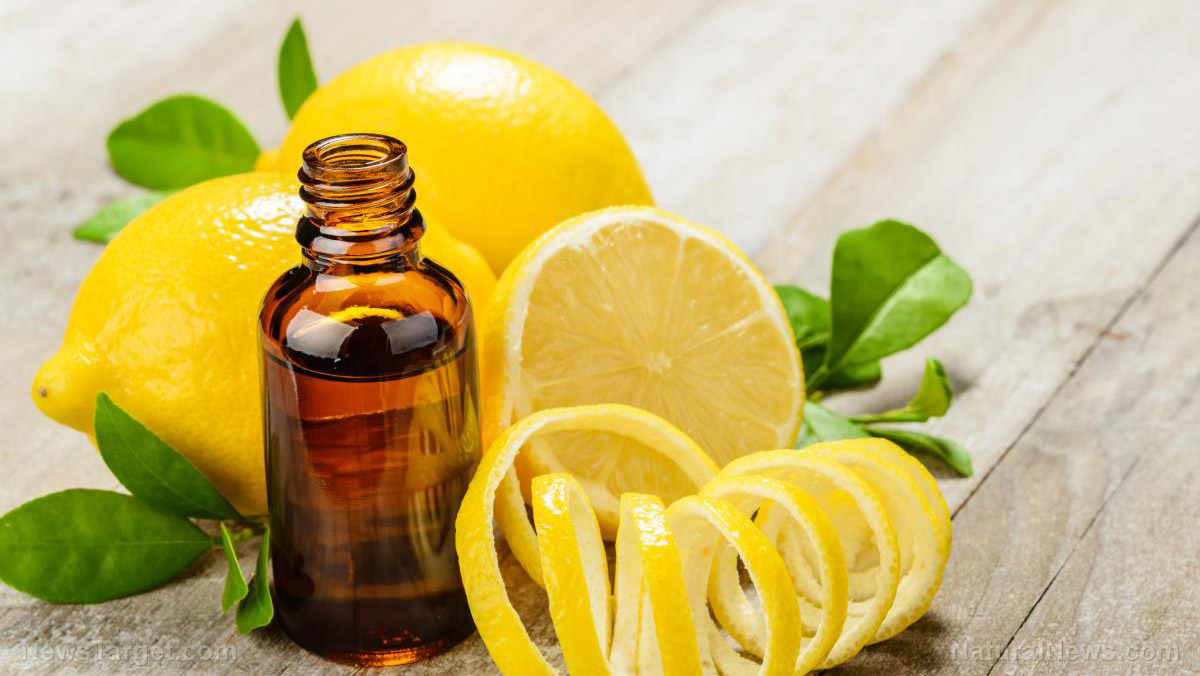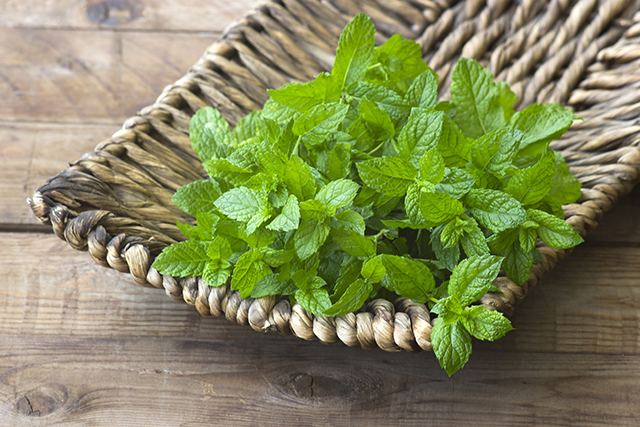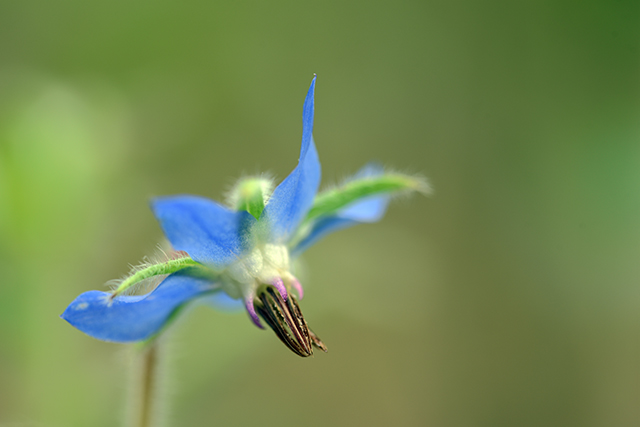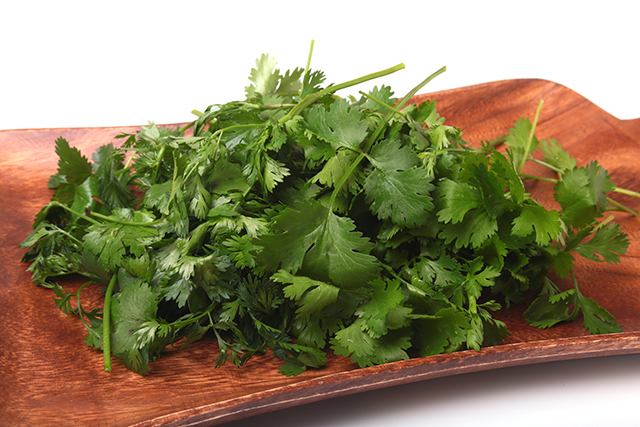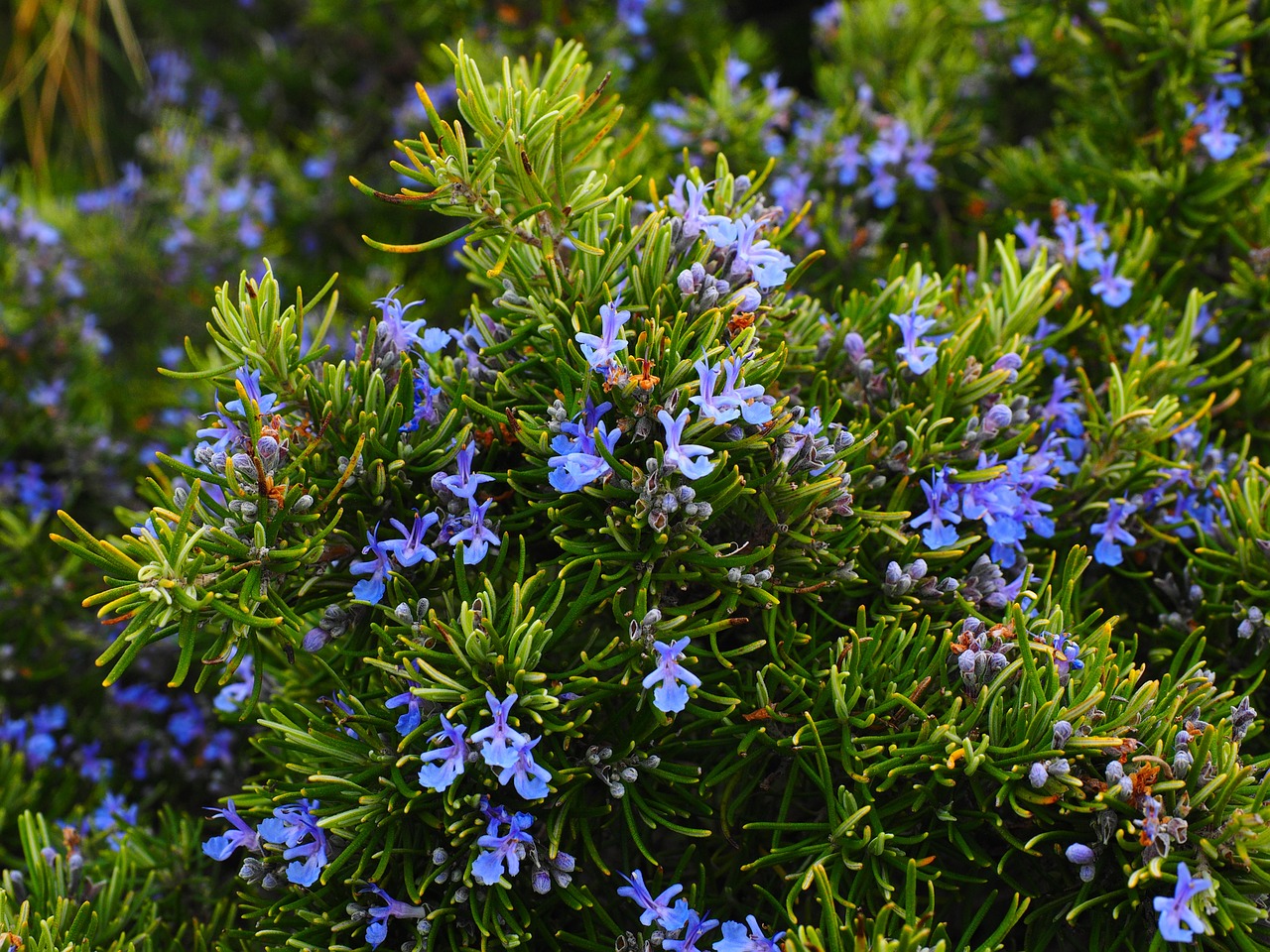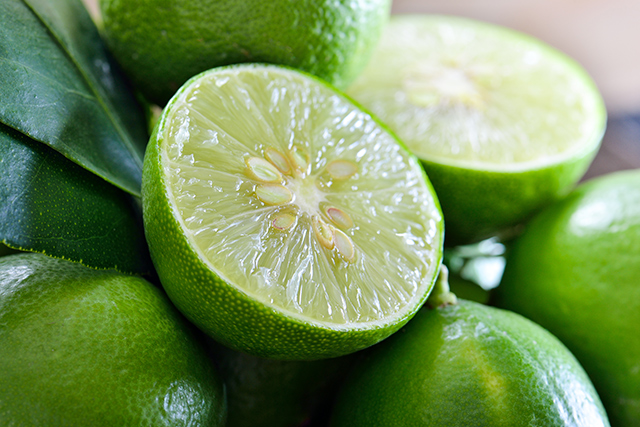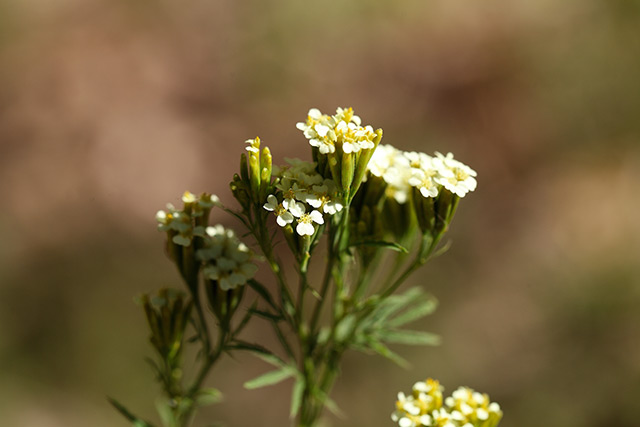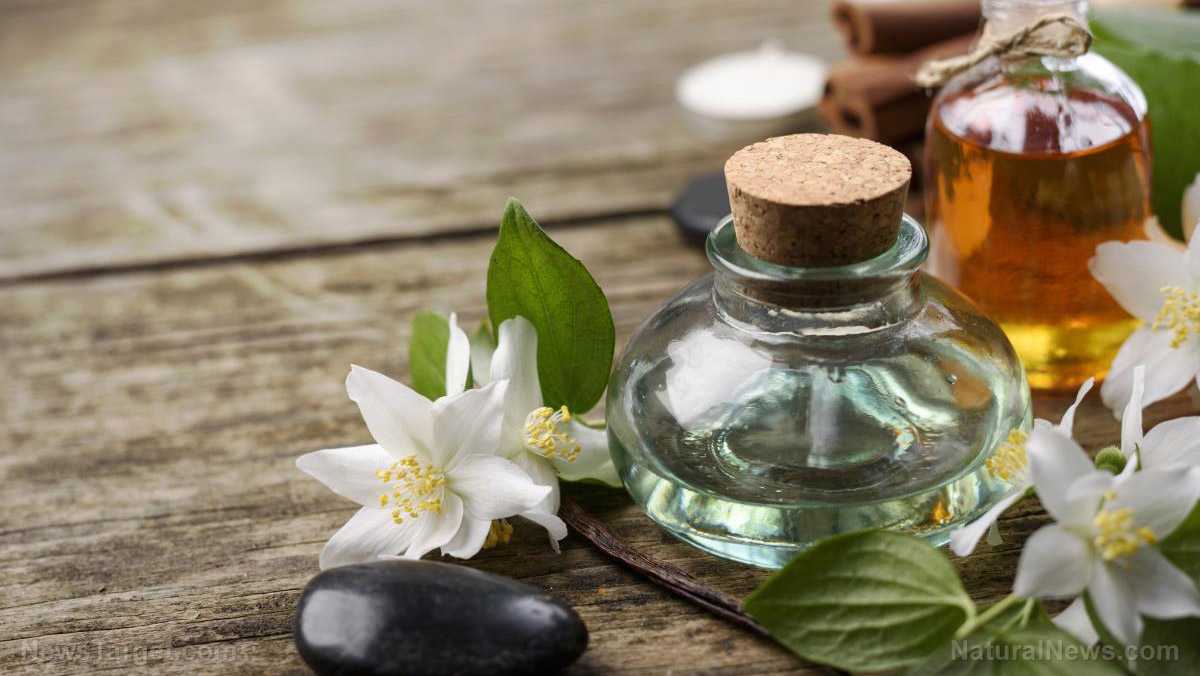The antimicrobial properties of essential oils found to be effective against drug-resistant Candida
06/13/2018 / By Frances Bloomfield
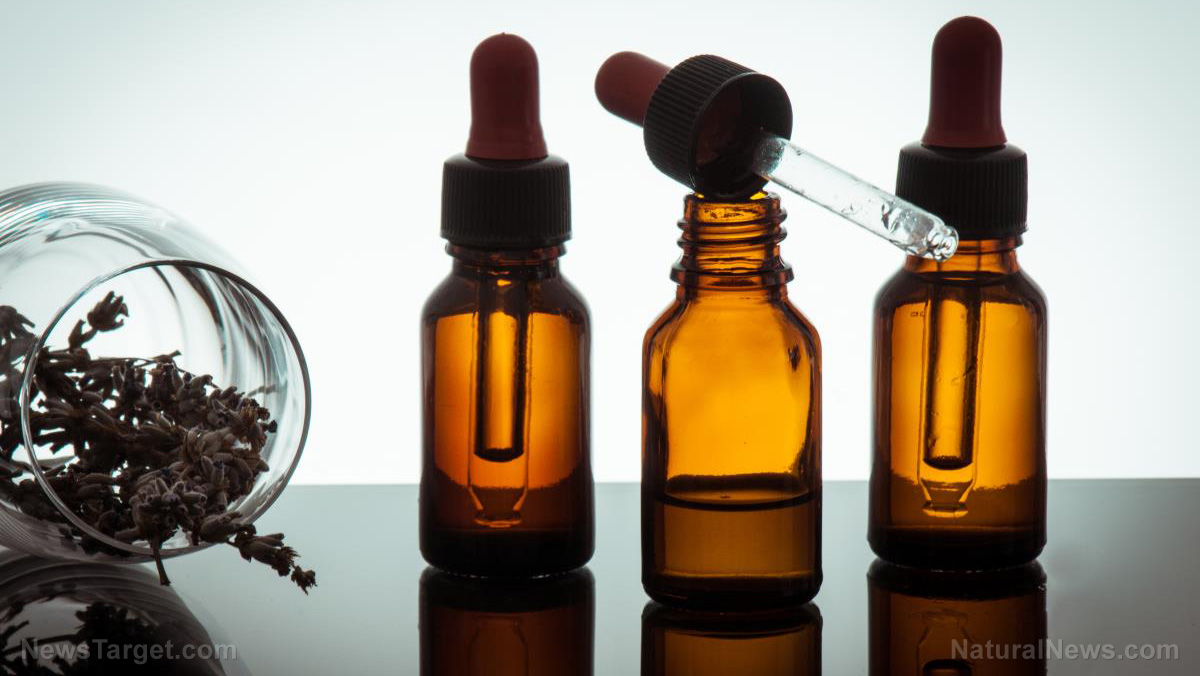
As antifungal drug resistance grows increasingly common, a number of scientists have turned to plant-derived essential oils for a solution. To that end, researchers from the Flanders Institute for Biotechnology (VIB) have developed a new screening method to identify the antimicrobial qualities of these volatile substances.
They dubbed their method the vapor-phase-mediated susceptibility (VMS) assay, which they based on the vapor‐phase‐mediated patch assay. Both were intended to assess the vapor-phase-mediated antimicrobial activities of particular substances, or the inhibitory antimicrobial activity of a molecule after its evaporation and migration through the vapor-phase. For their study, the researchers utilized a 96-well microplate.
“We hypothesized that, under ideal conditions, a volatile added to the central four wells would spread symmetrically in a spherical manner, thus establishing a concentration gradient across the microtiter plate,” they wrote in their study, published in Scientific Reports. “A circle enclosing the four wells to which the volatile is added, was designated the volatility-center. Around this center, concentric circles can be drawn that successively touch the nearest equidistant wells, with each set of wells making up a new distance category.
“The distance between the circles and the volatility-center is the minimum distance that a volatile needs to travel to possibly exert effects in the corresponding wells.”
Through this, the team was able to assess 175 essential oils and 37 essential oil components against two human fungal pathogens: Candida albicans and Candida glabrata. They discovered that half of the essential oils and their compounds had vapor-phase-mediated activity that affected both Candida species. (Related: Oregano essential oil kills antibiotic resistant superbugs “without any side effects” urges scientist … Pharma-controlled media SILENT.)
Moreover, they took note of two interesting observations. The first was that the current batch of commercial antifungals showed no vapor-phase-mediated activity. Secondly, citronellal, a monoterpenoid responsible for giving citronella oil its distinct scent, demonstrated the most significant vapor-phase-mediated activity against C. glabrata, the species infamous for being highly resistant to drugs. This was stated as either being suggestive of the impact of citronellal on bacterial membrane homeostasis, or of a new mode of action.
Thus, the researchers concluded that several common essential oils and essential oil components possessed considerable antifungal activity. Additionally, using the VMS assay to detect vapor-phase-mediated activity would allow for a more complete understanding of the antimicrobial properties of specific substances, in turn making it possible to expand on the applications of existing treatments and uncover new ones.
Though far from just determining antimicrobial activity, the researchers believe that the VMS assay has the potential to fulfill various other applications. “Our findings are, for instance, a starting point for the development of molecules that could also be used in vaporizers,” explained researcher, Adam Feyaerts. “After all, volatiles can access otherwise hard to reach areas. Think of possibilities such as maintaining hygiene in hospitals or treat patients with lung infections. There are agricultural options too, such as preventing post-harvest contamination or protecting crops against pests.”
A brief look at C. glabrata
What makes C. glabrata unique and highly resistant to antibiotics is its survival mechanism. A 2009 report revealed that C. glabrata is capable of reorganizing and duplicating its chromosomes to defend itself against antifungal medication. The greater the amount of antifungals in a system, the higher the number of chromosomes reorganized and copied by C. glabrata. Certain mutations such as the FKS1/2 mutation and the MSH2 mutation are believed to enhance the antifungal-resistant capabilities of a type of yeast. Conversely, an absence of antifungals leads to this mechanism of action becoming inactive.
Discover the many benefits of essential oils by visiting EssentialOils.news today.
Sources include:
Tagged Under: alternative treatments, antifungal resistance, Antimicrobial, candida albicans, candida glabrata, drug-resistant, essential oils, fungal pathogens, Fungi, herbal medicine, plant medicine, remedies







